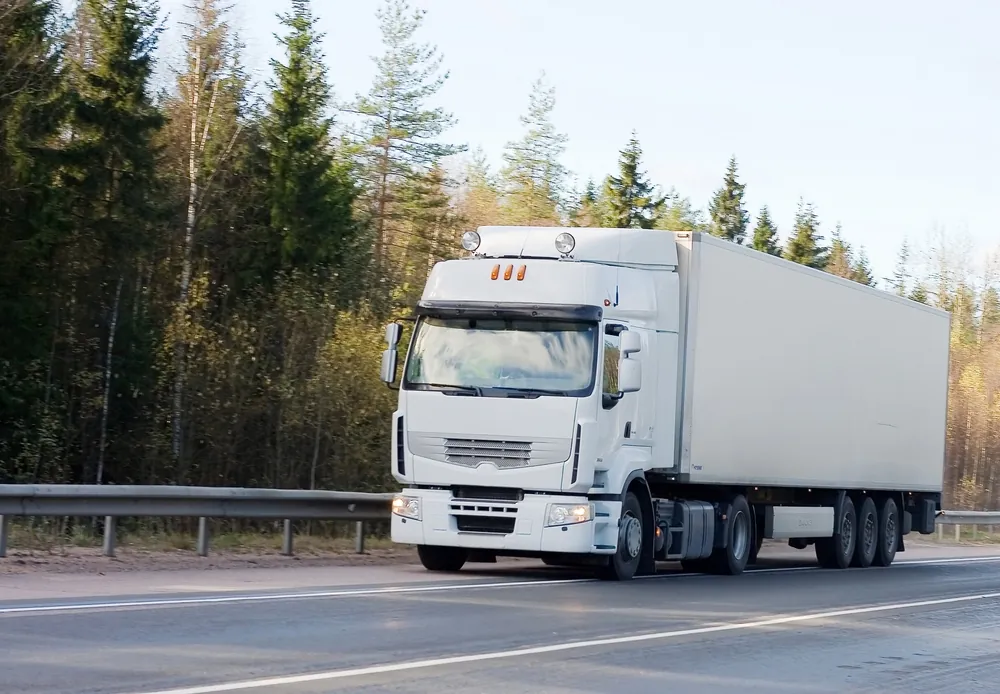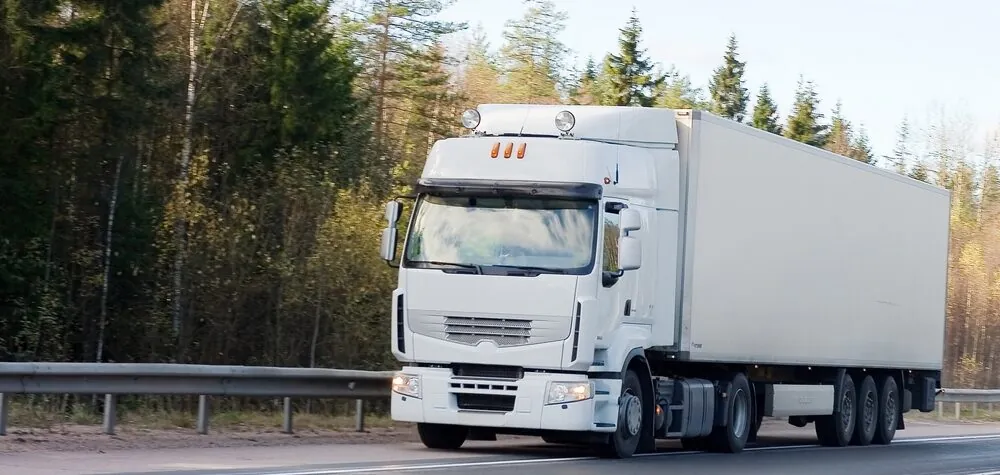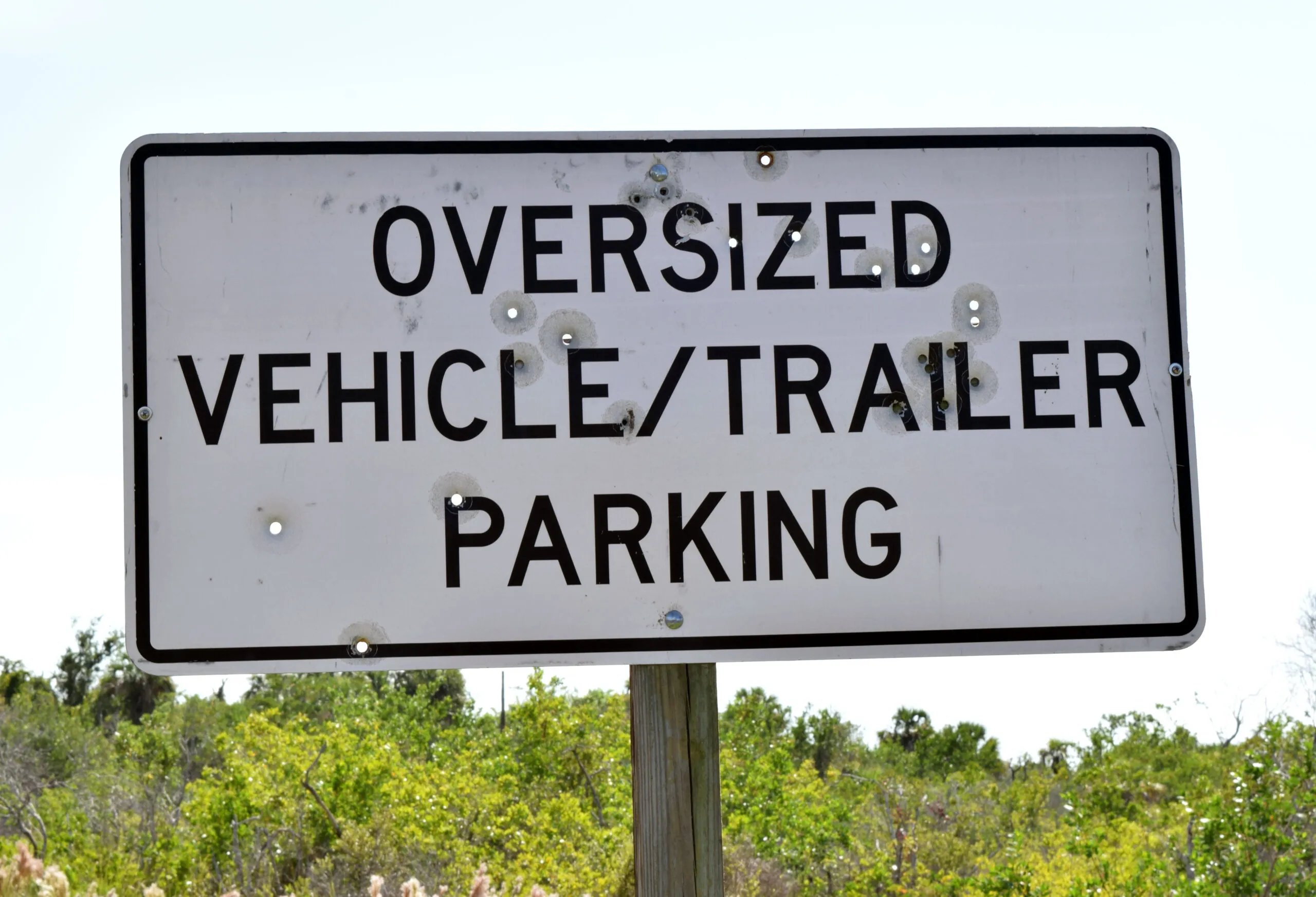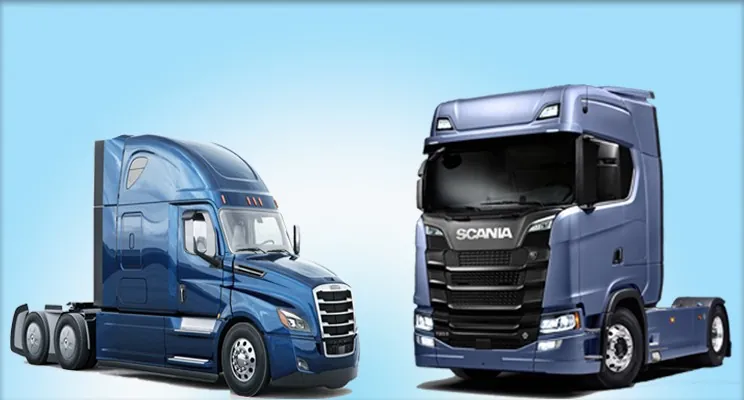
Cab-Over History
The Cab-Over actually goes by quite a few names:
- – Cab Over Engine (COE)
- – Cab Forward
- – Flat Face
- – Flat Nose
- – Forward Control
This unique truck style emerged between the 1940’s and 1970’s in America and across the globe.
A Cab-Over is quite literally exactly what it sounds like: a truck with the cab over the engine. This unique design wasn’t made for aesthetic and simplistic purposes; it was created due to a regulation put in place by the FHWA. In 1956, the Department of Transportation decided that semi trucks should only span between 40-50 feet max from the front of the cab to the back of the trailer.
This new regulation created a frenzy and a rush to find a solution for the reduced trailer space. With the cab taking up anywhere between 6-7 feet, semi-truck trailers could only occupy the remaining 42-43 feet. This drastic reduction in trailer size then affected the amount of cargo able to be shipped at a time, and as you can imagine, the logistics and supply chain industries were not happy.
Fortunately, a solution had already been created in 1932 by Viktor Schreckengost and engineer Ray Spiller. These two are credited for designing and creating the first cab-over semi-truck in America for the White Motor Company. Soon after, manufacturers such as Mack, Kenmore, and Freightliner followed suit; each crafting their own designs of the cab-over semi-truck.
Cab-Over Advantages
Outside of making logistics an easier feat in terms of cargo space, there are many other advantages to the cab-over semi-truck:
Maneuverability:
In a cab-over, the wheelbase is much shorter than that of a regular semi-truck, this makes for a tighter turning radius. Cab-over trucks are able to move around with ease even on the narrowest of streets, making this design much more ergonomic than having a large cab that one must navigate.
Improved Driver Visibility:
Due to the engine’s height in a cab-over coupled with the cab itself, driver visibility is much better. As a truck driver peers through the windshield of a cab-over, the lack of engine distorting the view makes for improved depth perception, navigation, and overall visability.
Motor Ease of Access:
According to trucker forums across the web, the cab-over is often preferable when it comes to maintenance while on the road. The ease of simply tipping the cab forward to access the engine gives drivers the ability to conduct transmission checks, fill oil, and change filters without having to lift the hood.
Semi-Truck Regulations Lifted
After nearly 30 years, the FHWA passed the Surface Transportation Assistance Act, which changed the length regulation from an overall requirement to one solely based on the trailer itself. From 1982 on, trailers were maxed out at 53feet in length in America, allowing the logistics industry to ship more cargo on the road than before.
This shift in regulations marked a significant milestone of trucking policy in the United States; it paved the way for greater efficiency and productivity in freight transportation operations. The decision to base regulations solely on trailer length reflected an understanding of the importance of maximizing cargo capacity while still ensuring safety and efficiency on the nation’s highways.
In the years following this regulatory change, the transportation industry adapted to the new standards, leading to improvements in supply chain logistics and increased competitiveness in the marketplace. However, while the regulation change provided new opportunities for the logistics industry, it also brought new challenges and considerations related to infrastructure, traffic management, and environmental impact.
Cab-Over Disadvantages
While the COE truck has many advantages, there are a few disadvantages that have slowly but surely pushed the design out of American markets.
Flat Face Space Issues:
While the Flat Face offers an ergonomic design that is perfect for navigating the roads, the interior of the truck itself creates a bit of a conundrum when it comes to accessibility. Since the engine sits underneath the cab of the truck, there is a portion of it that rises up in the middle between the driver and passenger seats. This makes it difficult to climb through the cab when it’s time for sleep.
Flat Nose Woes:
Due to the Flat Nose cab sitting directly over the engine, drivers complain that the truck offers a less-than-desirable ride. The engine is said to get hot over the course of the trip, and results in that heat bleeding up into the cab itself and making the people inside uncomfortable. As one could imagine, the very nature of riding in the cab of a truck placed directly over an engine makes for quite a bumpy ride. Since the wheelbase is shorter than that of a regular truck, in a flat-nose truck the shocks do not intercept as many of the bumps, leading to a much rougher ride.
Accident Prone COE’s
Accidents involving a COE truck are more likely to result in severe injuries. These trucks’ very nature provides less material at the front of the cab; however, when the engine is placed elsewhere, it leaves the cab itself in a very compromising position. Frontal collisions can cause serious damage to the truck itself and the drivers. The sheer lack of material in the front of the truck leaves ample opportunity for a devasting accident to occur.
Where Are They Now?
As America moved on from the days of flat-nose trucks, Europe and Asia became mecca for these types of semi-trucks. With population growth and the need for more and more transported goods, the overseas manufacturers have their hands full. As with most countries, Europe and Asia have roads that need to be carefully navigated due to their size and shape; not the mention that they still have regulations in place on overall truck length.
To be completely transparent, America stopped using Cab-Overs because America doesn’t truly need them anymore. The advancements in the logistics trucking industry has and continues to open doors for all countries to do things they did not think possible before. Without strict regulations in place, it’s rare to see a cab-over here in the US but they do exist.



